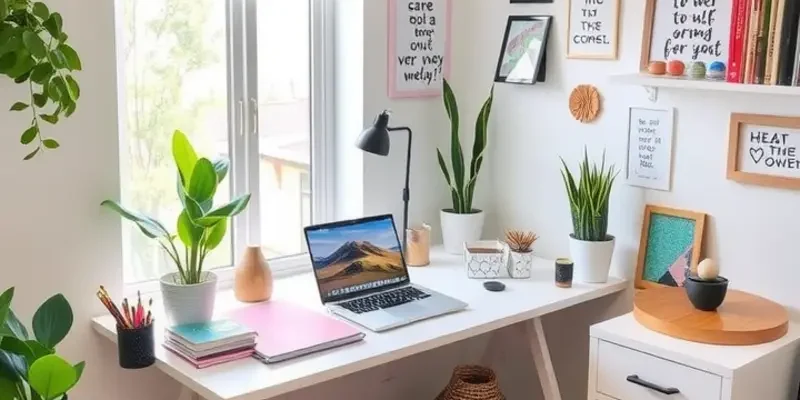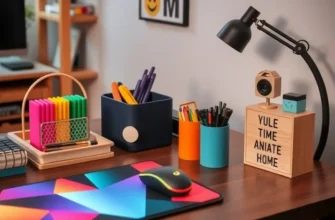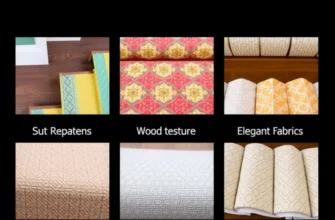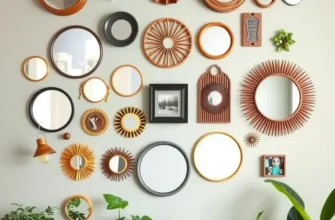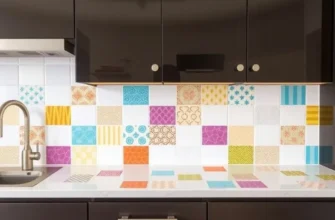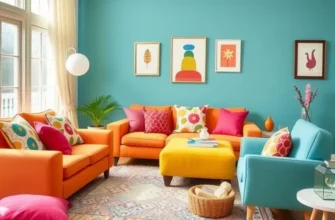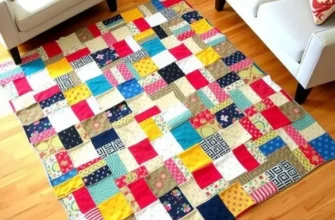Finding the right workspace within a rental home can be a quest for many renters, whether they’re creatives, young professionals, students, or families. Creating a personalized desk that reflects your style and meets your functional needs is not just about aesthetics; it’s about improving productivity and comfort. With apartment-friendly DIY projects, you can easily transform any corner of your home into an inspiring workspace without breaking your lease or your budget. From minimalistic designs to functional yet chic setups, this guide will provide you with step-by-step guidance to create an inviting desk area that suits your lifestyle. Whether you’re looking for a space to share with kids, a vibrant nook for artistic pursuits, or a sleek workstation for professional tasks, discover how simple materials and clever ideas can empower you to craft the perfect desk for your rental home.
Embrace Your Style: Ideas for a Customized Workspace
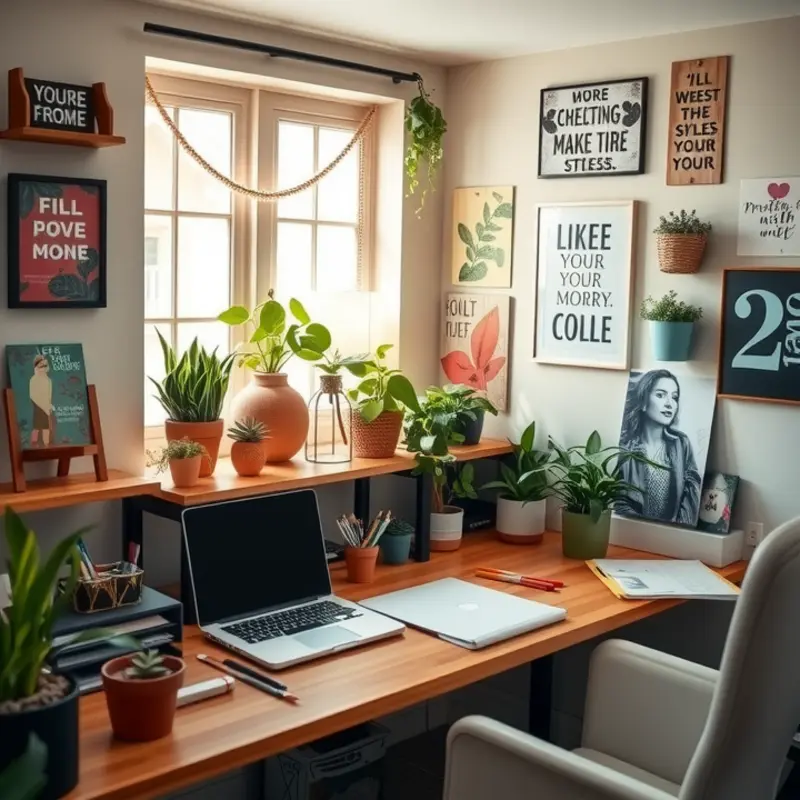
Creating a workspace that mirrors your style while serving your needs is both exciting and practical. A key aspect is understanding different desk styles, which can transform your apartment-friendly setup into a personal haven of creativity and productivity.
Minimalist Style:
Simplicity speaks volumes in minimalist designs. Opt for a sleek, clean desk with straight lines and a neutral color palette. Light wood or white laminates can contribute to this style, enhancing the room’s openness. To maintain visual clarity, limit accessories to essential items, such as a lamp and a concise pen holder. Incorporate hidden storage solutions to keep the workspace clutter-free.
Modern Style:
Modern desks often feature innovative designs with bold colors and materials. Consider a desk surface in a high-gloss finish or tempered glass for a sophisticated appeal. Pair this with metallic frames or geometric legs to add aesthetic intrigue. Add a splash of color through a statement chair or decorative art pieces. Maintain harmony in your apartment by matching the desk’s vibrancy with your overall decor theme.
Cozy and Warm:
If a welcoming atmosphere suits you, emphasize warmth in materials and colors. Choose desks made from rich, dark woods like walnut or cherry. Layer the desk with soft textiles such as a woven desk mat or wool chair cover. Include ambient lighting like a small desk lamp with adjustable brightness to create a comfortable glow. Decorate with potted plants or framed pictures to evoke a homey feel. For more ideas on enhancing small spaces, explore this guide on small bedroom ideas.
Choosing Materials:
The choice of materials significantly influences the desk’s aesthetic and functional qualities. Wood grants warmth and is durable, available in various finishes to match any style. Metal desks, often lightweight and sturdy, introduce a contemporary touch. For an eco-conscious selection, consider reclaimed wood, which prioritizes sustainability without sacrificing charm.
Colors and Accessories:
Color palettes determine the mood and vibrancy of your workspace. Soft pastels and whites can enlarge a small area, while bold colors energize and personalize your environment. Accessories are opportunities to manifest your personal taste. Utilize bookends, unique paperweights, or an eccentric clock for practicality and character. Align these elements’ colors and styles with your desk and surrounding decor for coherence.
Demonstrating your style in a workspace doesn’t require a vast area; it’s about crafting a joyful and inspiring environment. With thoughtful design choices, you can create a harmonious setup that nurtures productivity and suits your lifestyle in any apartment setting.
Step-by-Step Guide to Building Your DIY Desk
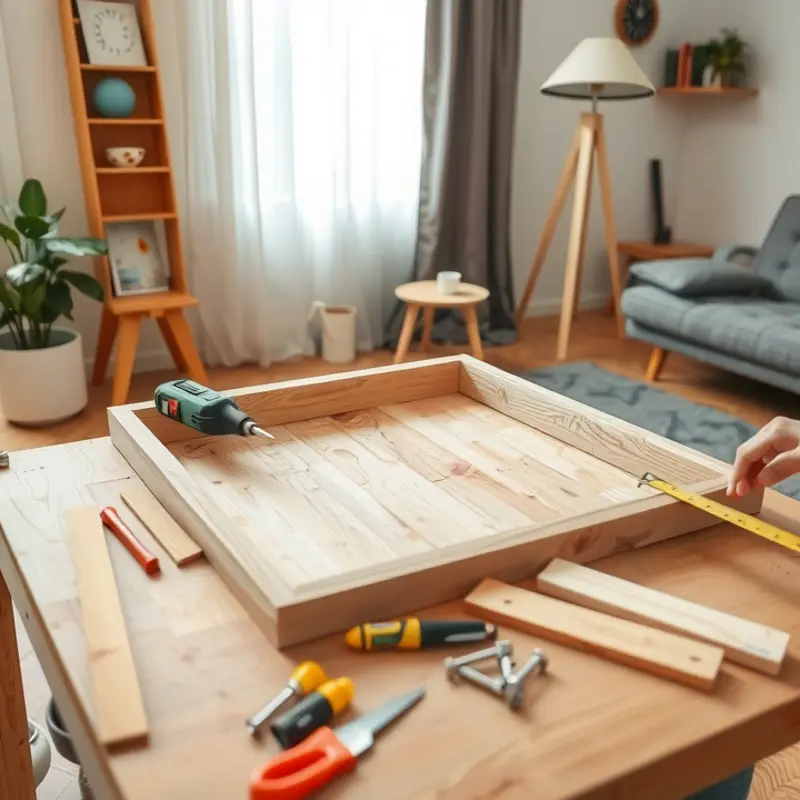
Designing a desk for your apartment can be a rewarding project, allowing you to tailor the workspace to your unique needs and style. Follow these step-by-step instructions to build a desk that maximizes your space and budget.
Begin by gathering the essential materials you’ll need. These typically include plywood, screws, brackets, and a finish of your choice, such as paint or stain. For a rustic touch, wooden pallets can also be repurposed into a desk. For the more experienced builder, MDF can act as a cleaner canvas, especially if painting or finishing is in the plan.
Next, the necessary tools include a drill, saw, measuring tape, and a level. A power screwdriver will speed up assembly, while sandpaper ensures smooth edges, reducing the chance of splinters.
Step one is to decide the type of desk you want. A wall-mounted desk is ideal for smaller spaces, taking up little room while providing ample workspace. If a wall-mounted option is your choice, ensure you have sturdy wall anchors to bear the weight of the desk and any items you plan to place on it.
For a freestanding desk, measure your space carefully. Allow for enough legroom and ensure it’s neither too high nor too low for comfortable use. As a guideline, the average desk height should be around 29 to 30 inches from the floor.
Once you’ve cut your materials to size, start with the assembly. Attach the brackets or legs to what will be the underside of your desktop. Ensure everything is level before securely tightening the screws. For added stability, attach cross braces if you are assembling a larger model.
For a wall-mounted desk, begin by confirming the sturdiness of the intended wall area. Use a stud finder to locate framing in the walls to ensure maximum support. Attach wall brackets or supports using appropriate screws, double-checking alignment with your level.
Before securing the desktop, apply your chosen finish. This will not only provide aesthetic appeal but also protect the surface. Applying varnish, stain, or paint can significantly enhance the look. Allow it to dry thoroughly to avoid damage to other surfaces or clothing later.
Finally, position your desk in the desired location. If assembling closer to a window, ensure it doesn’t block natural light but rather complements the illumination. Remember to leave space for organizing supplies and technology, optimizing your workflow. Loading only essential items onto the desk daily enhances productivity while minimizing clutter.
Creating a DIY desk is not just about constructing a piece of furniture, but about enhancing a functional living space. This project allows for customization and can add significant value and efficiency to your home. For inspiration on other space-saving furniture ideas, consider reviewing space-efficient furniture DIY projects. By following these steps, you’ll craft a piece that fits perfectly within your apartment, merging practicality with personal style.
Final words
Designing your own DIY desk doesn’t have to be a daunting task. With a little creativity and the right guidance, you can create a stunning workspace that fits perfectly into your rental home. From choosing stylish designs that reflect your personal taste to following clear, actionable steps for assembly, there are countless ways to make your desk not only productive but also a true representation of who you are. Remember, your workspace is where ideas come to life—make it a place that inspires you every day.

